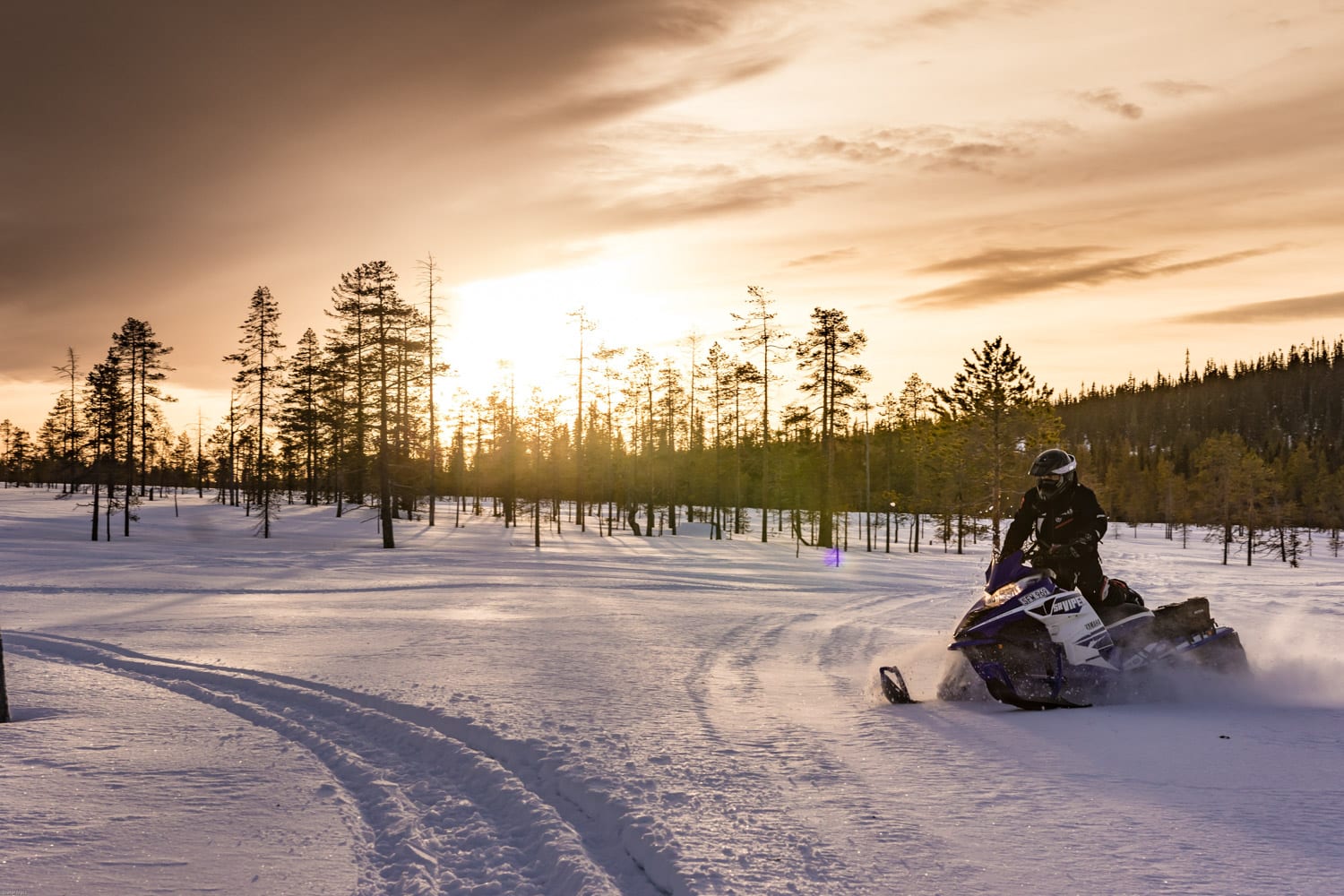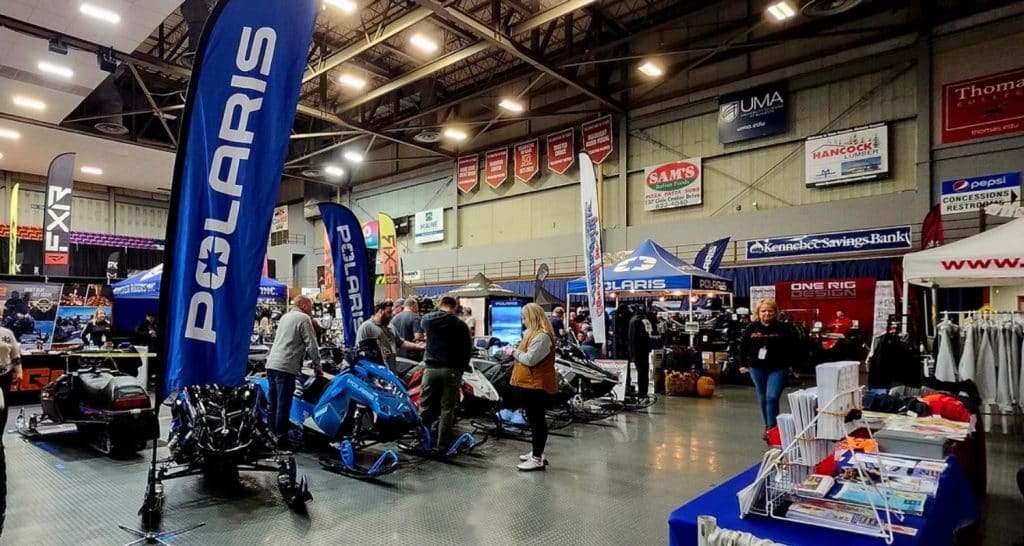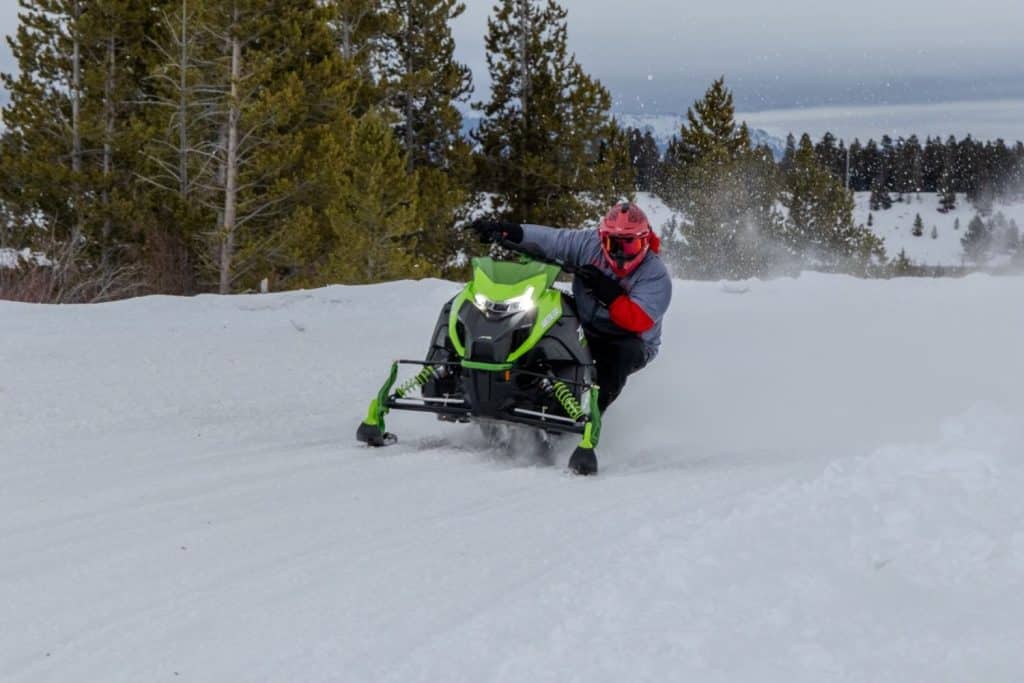Today the subject is so important that the FCMQ and the UPA held a press conference to denounce the problem. Some snowmobiles do not stay on the federated trails and go off them to ride next to them on private land. Off Trail: It’s not me, it’s the other, and it’s us!
This could be unimportant, if these lands did not belong to owners or farmers who see their plantations damaged.
It should be remembered that a good portion of federated trails run on private land. One will recall the talks held with the Ministry of Transportation in the late 2000s to create permanent trails. This beautiful dream did not come to fruition. Ten years later, tens of thousands of private landowners are still granting permission to the FCMQ with virtually no compensation.
But when farmers see their work destroyed, when they call out the offenders to explain the problem, and when the snowmobilers insult them, the decision is quickly made. They cancel the right of way. Announcements flood the Facebook pages of the clubs: Loss of right of way at such and such a place, it is necessary to make a detour of several kilometers, when it is not purely and simply the end of an interregional connection.
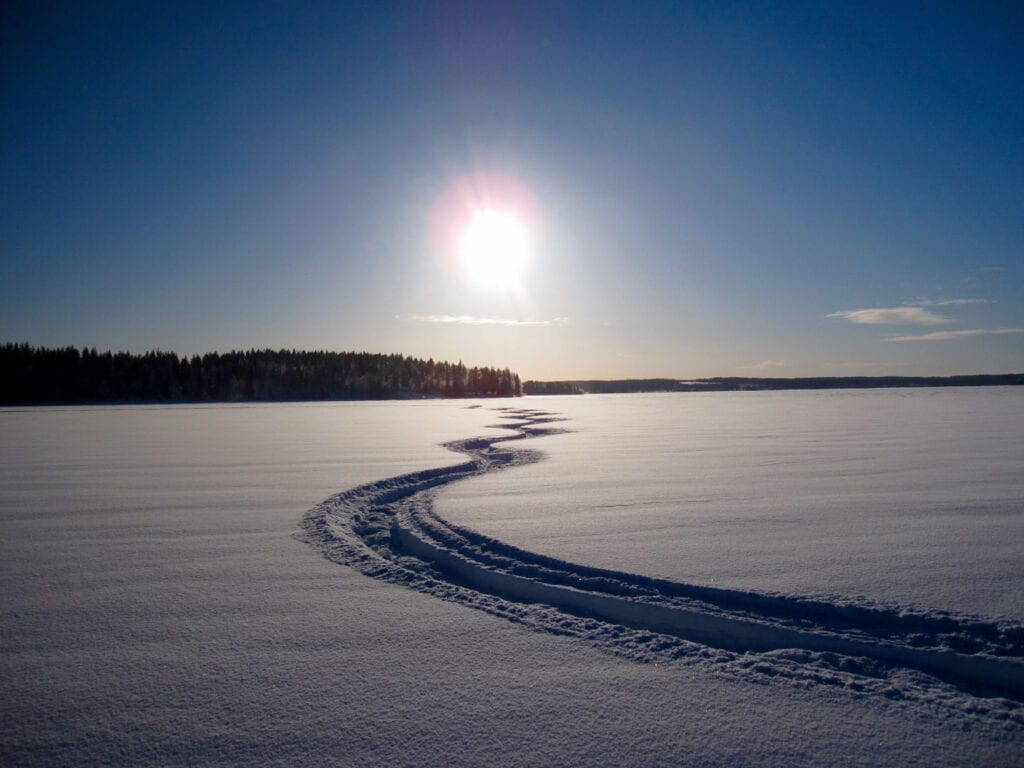
Off Trail: This is a serious time. How did it come to this?
With the closing of the borders, many snowbirds have chosen snowmobiling as a leisure activity this year. With the pandemic, escape and the great outdoors are the order of the day. Some manufacturers have been working on more economical snowmobiles, aimed at convincing a new, younger category of users to practice this winter sport. One thing is certain, the showrooms of snowmobile dealerships are empty. Customers have been coming in droves to buy new or used.
All these new users are not necessarily informed about how it works, or they don’t realize the damage they can cause.
A volunteer was noticing all the tracks next to a well-groomed trail. While filming, he wondered aloud, “Why are they doing this? What’s the point, the trail is well groomed.”
Maybe because the hard trail seems less exotic or adventurous than the crazy snow of the off-piste?
Right now, the tendency is to blame the other community. The trail riders blame the off-roaders because they have sleds suited for that activity and their goal is to ride on virgin land. The 154- to 174-inch bikers respond that they don’t ride on trails because it’s not their playground.
Others, on the “zinternets” even accuse the French tourists who come every year in batches of 30 000 to get away from it all on snowmobiles. But with the sanitary measures, the French are not there this year. Bad reason !
The same situation exists in the motorcycle community regarding noise levels. Harley Davidson and sportbike owners blame each other for excessive noise. Further research reveals that both sides have offenders and law-abiding people.
For the snowmobile community, it’s the same thing. The problem is not in the length of the track, but in the brain protected (hopefully) by a helmet and located between the handlebars and the saddle.
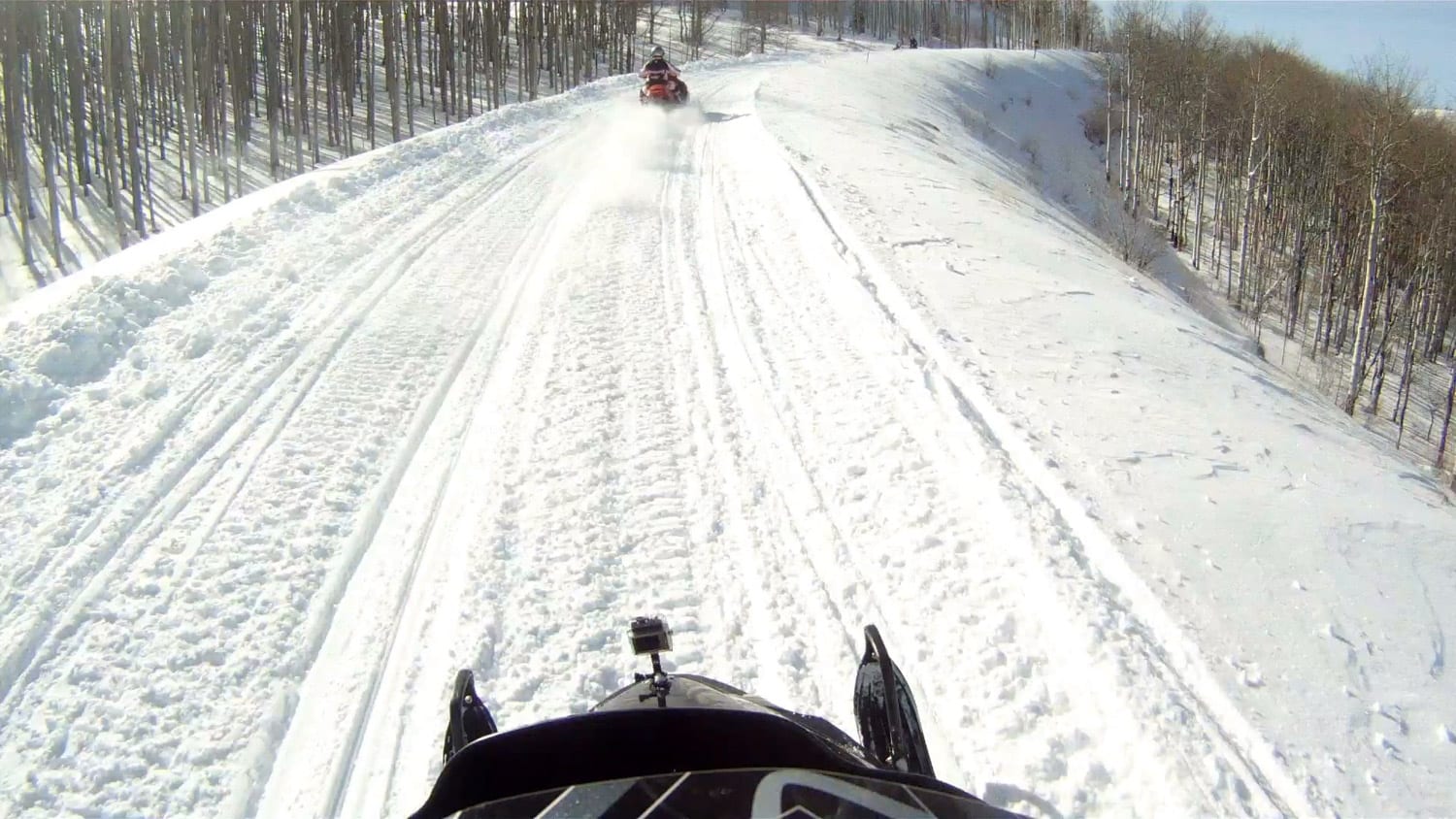
How hard is it to understand? STAY ON THE PATH!
Let’s face it: The community has its share of responsibility in the situation.
For the past few years, manufacturers have been rushing into the off-road market, offering attractive, aggressive machines with longer and longer tracks, from 146” to 175” now. And the pictures are sickening, with prancing vehicles splattering snow on the surrounding fir trees.
By comparison, images of trail snowmobiles, one behind the other at 70 km/h are less appealing. The more touristy aesthetic is also less sexy. Everyone is free to think otherwise, beauty is everywhere. But the sales of off-trail snowmobiles are very important compared to the locations where they can be legally practiced, and compared to trail snowmobiles that benefit from 30,000 km of federated and marked trails.
The marketing effort is also focused on off-road images. There is not a manufacturer who does not highlight this sport on the first page of his website.
And the test journalists are not to be outdone. It is more selling to show a snowmobile standing on its track or leaning on a ski. To their credit, the first winter tests, the snowshoots are done in Montana and there are wide open spaces for extreme photos.
A dealer’s representative will give the right advice on the right choice of machine. But he won’t push the envelope too hard if the buyer is attracted by the aesthetics of a long track. Let’s not forget that he is paid in large part by commissions linked to the sale.
It is really up to the final consumer to make the choice, taking into account their choice of activity.
It is important to emphasize several points. Off-trail snowmobiling requires a good physical condition. You often have to get out of several feet of snow. The practice on the side of the mountain requires keeping your balance by moving many muscles that you will discover after the session.
The position is not suitable for long rides. Standing is often the rule, and the handlebars are higher. The track has difficulty turning on a surfaced trail because its length prevents it from sliding around the curve.
Be warned! Don’t take an off-road model for trail riding. You will be disappointed.
Whatever your choice, in federated trails, do not leave the markers, stay on the path. Otherwise, you risk losing a right of way without meaning to.
If you are new to snowmobiling, you may want to check out the New Snowmobiler’s Guide:

